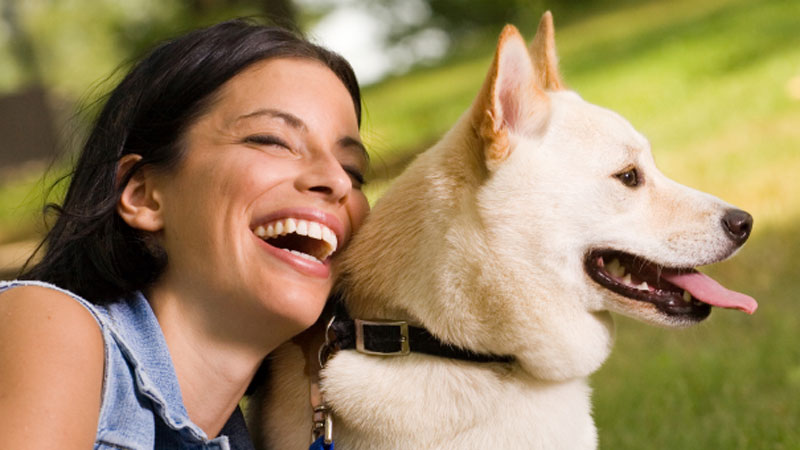Diseases of the Lens
The lens is a small circular disc in the middle of the eye used for focusing objects. Two main issues are associated with the lens, cataracts and luxation. Cataracts occur when deposits build up on the lens to make it opaque rather than translucent. Luxation is the movement of the lens into the front or back of the eye.
If you notice your dog’s eye becoming cloudy your vet can determine whether it is the start of a cataract or normal aging change (nuclear sclerosis) by examining the eye with an ophthalmoscope. If a cataract is suspected, then you may want to have the eye assessed by an ophthalmologist to determine the best course of action as some can become a surgical emergency to save sight if they are rapidly progressing.
Cataracts can be congenital (seen in younger dogs and can be associated with other eye abnormalities), inherited (breed association will often give information about how cataracts will progress), diabetic , traumatic or secondary to retinal disease.
Diabetic cataracts are very common and often rapidly progressing, It is advisable to refer early as they often need surgery urgently to avoid lens induced uveitis (a very painful inflammatory condition of the middle bit of the eye). As soon as diabetic cataracts are observed you should take your dog for assessment with your vet and they can examine the eye for signs of inflammation, and if present topical eye drops can be started, this reduces swelling of the lens which can lead to rupture which is incredibly painful.
Cataracts can be managed surgically or medically and this will depend on several factors. Firstly, the health and life expectancy of the dog. An old dog with an early onset slowly progressing cataract may well not benefit from surgery. The risk of surgery to the patient, often older dogs, have other health problems and old lenses are often harder and more difficult to remove so needing longer surgical times. There are also breed variations. Labradors are especially prone to post-surgical glaucoma (swelling of the eye) and Shih Tzu’s have a high risk of retinal detachment.
Secondly, the effect of quality of life on the patient. Many dogs with slowly progressing cataracts may adapt really well using sense of smell, hearing and touch as they gradually lose sight.
Thirdly, the stage of the cataract. Immature cataracts not causing sight loss may just be monitored whereas hypermature cataracts will require surgery urgently.
Fourthly, the commitment needed by the owner. Cataract surgery is costly; there will be substantial aftercare with the long-term administration of eye drops and follow up appointments with the referral ophthalmologist. The main complications to surgery are ulceration of the cornea and glaucoma.
Finally, if there is pre-existing retinal disease to the eye then cataract surgery may not be beneficial as it won’t save the sight of the eye.
Lens luxation is where the lens moves from its central position into the front or back of the eye. Your dog’s eye will be painful, swollen and often appear cloudy. Primary lens luxation is mostly seen in terrier breeds and young dogs. Secondary luxation is due to trauma, glaucoma or inflammation in the eye (uveitis).
The condition can be managed medically; by eye drops which constrict the pupil to stop the lens moving about in the eye, or surgically where the lens is removed through the cornea (like cataract surgery). The latter generally has the best long-term outcome but has similar constraints as cataract surgery.
The most important thing is that any changes to the eye are assessed by your vet rapidly as it can often be hard to determine a conjunctivitis from lens luxation without an ophthalmoscopic examination.


